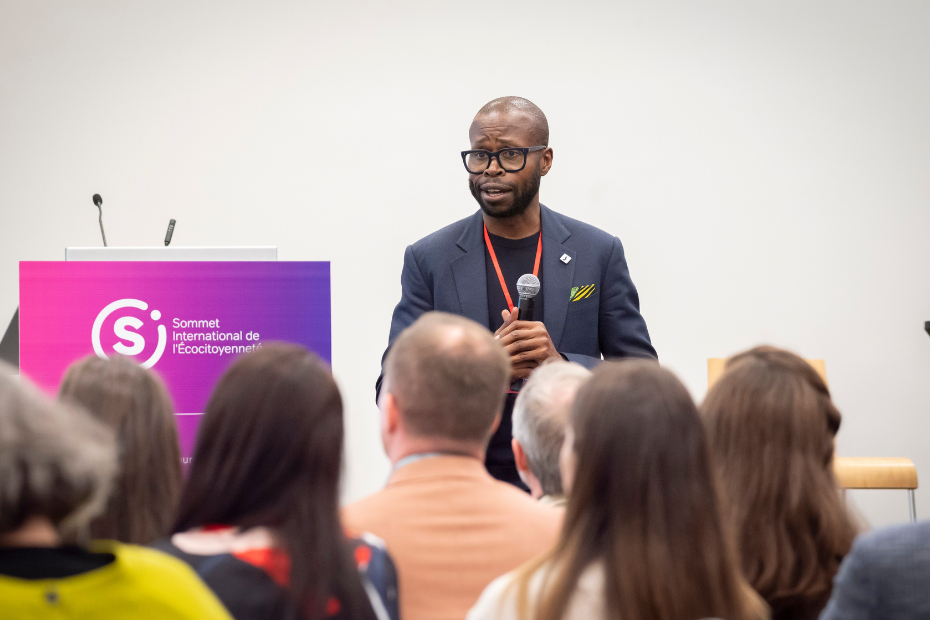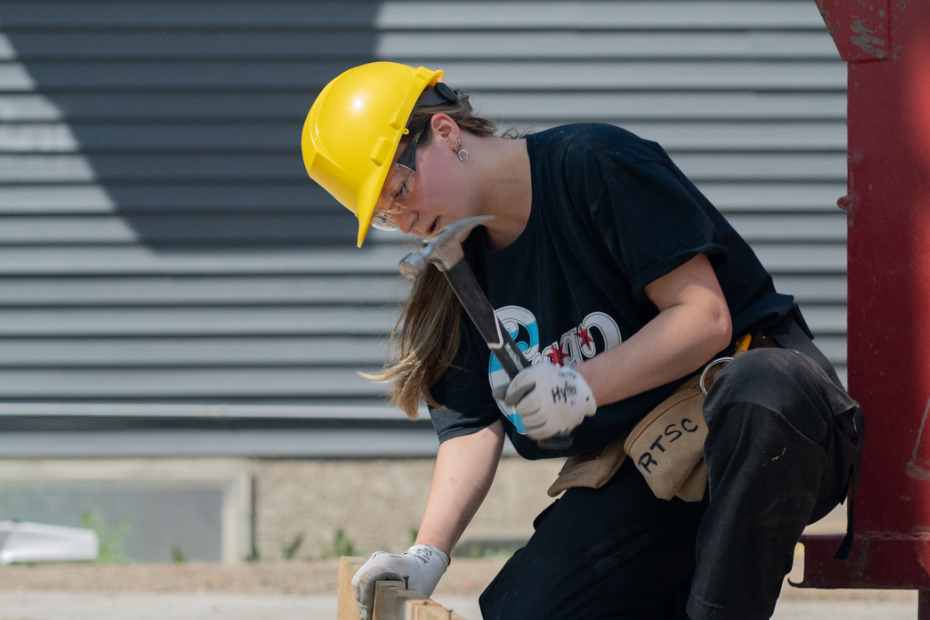RBC Future Launch supported research done by Homewood Research Institute and released an e-guide to help navigate which mental health apps and how to evaluate which ones would be most effective for youth. The report indicated a few considerations to make before choosing the app or apps for you or someone you love
Are you worried about the mental health of a young person you love?
Mental illnesses such as depression, anxiety, addiction, personality disorders, and mood disorders touch us all in some way. In Canada, 1 million children and youth live with mental health issues.1
By age 25, 20% of Canadians will have a mental health issue and 75% of children who need help will not be able to access specialized treatment.2 That’s because wait lists for treatment can be between 6 to 12 months – and sometimes the only available treatment is too expensive. 3,4
That has real consequences on the lives of young people. Suicide is the second leading cause of death of 15 to 24 year olds.5 That risk affects certain young people more than others – in some Indigenous communities, the risk of suicide under the age of 15 is 50 times greater.6
There are no easy fixes for what is a complex and systemic problem that requires action and involvement by all of us to find solutions. But mental health-focused mobile apps are quickly becoming an important tool that can be used to support youth as they access or wait for access to more conventional therapies.
How Apps Help
Mental health apps are gaining greater visibility and adoption as they have been shown to help people do things like follow through on treatment advice, track their progress, manage their moods, achieve greater mindfulness, and access emergency support when needed.
Mental health apps that provide more cost effective text-based or phone-based therapy, for example, could help youth who live in rural areas, or those that don’t have local-therapy. Text-based apps may also help some teens who struggle to verbalize their problems.
Apps that help youth track moods and habits to see what external factors might be affecting how they feel can help shift behaviors over time from things that are harming their mental health to things that bolster it.
Many mental health apps use cognitive behavioral therapy techniques and have tips for improving your mood when stressed or feeling down. Meditation apps could help those who are experiencing anxiety get to a calmer place. Addiction recovery apps could help those who are abstaining track their progress and get tips and daily affirmations to continue in their recovery. There are also apps that specifically support people with mood or personality disorders to help manage their needs and challenges and suicide prevention apps that help youth notify a given list of their friends and family when they are not feeling well.
While these apps could help transform and save lives, the sheer number of mental health apps available now can be confusing. It can be hard to know which app is right for you or the person you love.
How to Choose the Right Apps
With so many apps out there, how do you choose just one? The good news is that you don’t need to use just one app! But how do you know which ones are effective and safe? That’s a little trickier.
RBC Future Launch supported research done by Homewood Research Institute to help navigate which mental health apps and how to evaluate which ones would be most effective for youth. The report indicated a few considerations to make before choosing the app or apps for you or someone you love:
- What is the app for? You want one that targets the condition and age group.
- Who developed the app? The app will likely be more effective if mental health experts were involved.
- When was it last updated? If it’s been more than two years since the last update it might be out of date since research and treatment recommendations can change.
- Do they have control of their own data? You want to be able to eventually delete your data from the app and its servers.
- Is the data secure? Make sure you feel comfortable with how data is encrypted and used by reading through the app’s privacy policy.
- Who can the developer share data with? Read the fine print to see who will have access to the data.
- Is there evidence that the app works as advertised? Look for apps that have reputable studies to back up their effectiveness.
These questions will help you narrow down the apps that are likely to be a better, safer, and more effective fit for your needs.
Apps are Just One Part of the Puzzle
While apps can be an important part of a treatment plan to support youth who struggle with mental health issues, they are best used as part of a full treatment plan alongside things like traditional therapy, group therapy, medication, and other interventions. One great way to find the right app for is to talk to a therapist, doctor, or service provider about what apps they may recommend. They can then work with you to provide treatment and suggestions that can be supported by the app.
For example, if a therapist, doctor or service provided suggests charting habits and moods to see when someone is lowest or most anxious, they can use an app to more easily do that rather than carrying a notebook around. Or if they suggest cognitive behavior therapy tasks for improving moods, they might work with the app to come up with some ideas that will work for you.
You might also be able to access an app-based counsellor when between appointments and experiencing a crisis. The immediacy and portability of apps helps ensure that you can use the lessons that you’re learning in therapy between sessions — and could help you get to a better place sooner.
Given how many young people are struggling with mental health issues, the right apps can be a welcome tool to help keep young people safe and help improve their mental well-being.
Sources:
- Canadian Institute for Health Information. Care for Children and Youth With Mental Disorders. May 2015. Available at URL: https://secure.cihi.ca/free_products/CIHI%20CYMH%20Final%20for%20pubs_EN_web.pdf Last [Accessed May 20, 2020].
- Canadian Institute for Health Information. Care for Children and Youth With Mental Disorders. May 2015. Available at URL: https://secure.cihi.ca/free_products/CIHI%20CYMH%20Final%20for%20pubs_EN_web.pdf Last [Accessed May 20, 2020].
- Office of the Auditor General of Ontario (2016). Annual report 2016, volume 1. Toronto, Ontario, Canada: Queen’s Printer for Ontario. Available at URL: http://www.auditor.on.ca/en/content/annualreports/arreports/en16/2016AR_v1_en_web.pdf [Accessed May 20, 2020].
- Children’s Mental Health Ontario (2016). Ontario’s children waiting up to 1.5 years for urgently needed mental healthcare. Available at URL: https://www.cmho.org/blog/blog-news/6519730-let-s-talk-children-s-mental-health [Accessed May 20, 2020].
- Statistics Canada. Table 13-10-0394-01 Leading causes of death, total population, by age group Available at URL: https://doi.org/10.25318/1310039401-eng [Accessed May 20, 2020].
- Kumar MB, Tjepkema M. Suicide among First Nations people, Metis and Inuit (2011-2016): Findings from the 2011 Canadian Census Health and Environment Cohort (CanCHEC). National Household Survey: Aboriginal People. Stats Canada. Available at URL https://www150.statcan.gc.ca/n1/pub/99-011-x/99-011-x2019001-eng.htm [Accessed May 20, 2020].
This article is intended as general information only and is not to be relied upon as constituting legal, financial or other professional advice. A professional advisor should be consulted regarding your specific situation. Information presented is believed to be factual and up-to-date but we do not guarantee its accuracy and it should not be regarded as a complete analysis of the subjects discussed. All expressions of opinion reflect the judgment of the authors as of the date of publication and are subject to change. No endorsement of any third parties or their advice, opinions, information, products or services is expressly given or implied by Royal Bank of Canada or any of its affiliates.



















